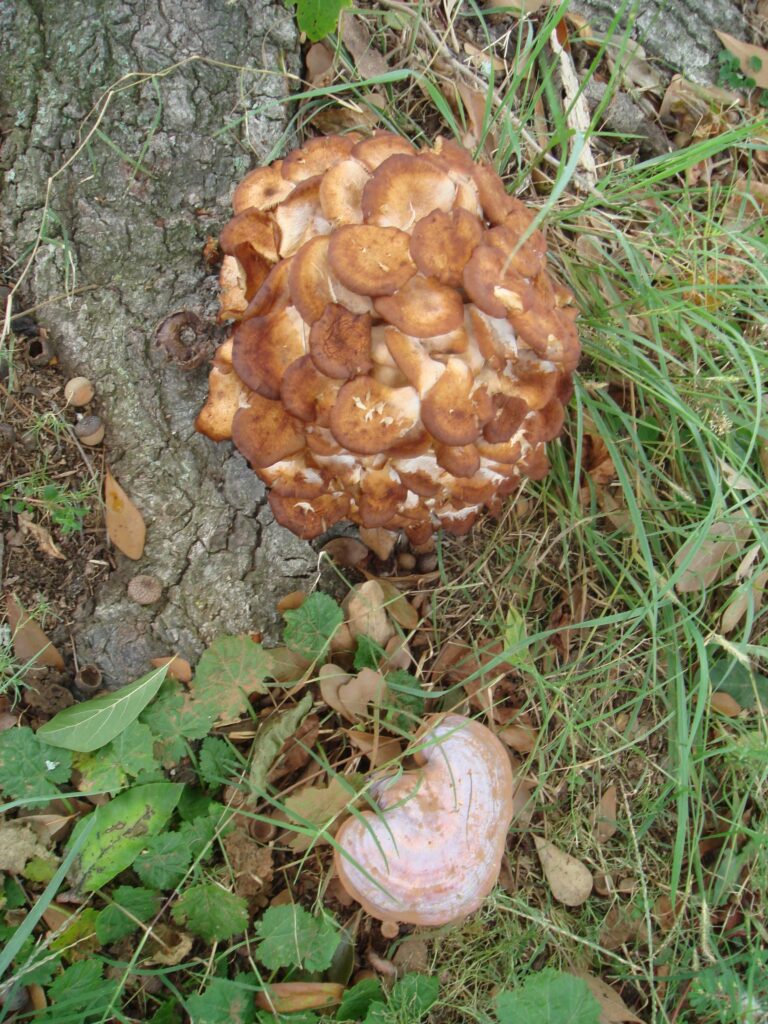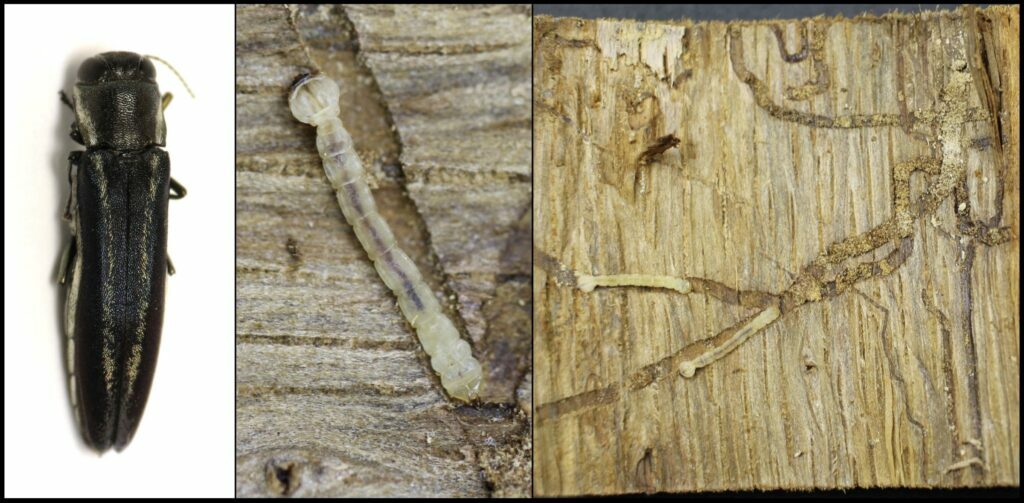Plant Health Alert – Oak Decline
go.ncsu.edu/readext?1023326
en Español / em Português
El inglés es el idioma de control de esta página. En la medida en que haya algún conflicto entre la traducción al inglés y la traducción, el inglés prevalece.
Al hacer clic en el enlace de traducción se activa un servicio de traducción gratuito para convertir la página al español. Al igual que con cualquier traducción por Internet, la conversión no es sensible al contexto y puede que no traduzca el texto en su significado original. NC State Extension no garantiza la exactitud del texto traducido. Por favor, tenga en cuenta que algunas aplicaciones y/o servicios pueden no funcionar como se espera cuando se traducen.
Português
Inglês é o idioma de controle desta página. Na medida que haja algum conflito entre o texto original em Inglês e a tradução, o Inglês prevalece.
Ao clicar no link de tradução, um serviço gratuito de tradução será ativado para converter a página para o Português. Como em qualquer tradução pela internet, a conversão não é sensivel ao contexto e pode não ocorrer a tradução para o significado orginal. O serviço de Extensão da Carolina do Norte (NC State Extension) não garante a exatidão do texto traduzido. Por favor, observe que algumas funções ou serviços podem não funcionar como esperado após a tradução.
English
English is the controlling language of this page. To the extent there is any conflict between the English text and the translation, English controls.
Clicking on the translation link activates a free translation service to convert the page to Spanish. As with any Internet translation, the conversion is not context-sensitive and may not translate the text to its original meaning. NC State Extension does not guarantee the accuracy of the translated text. Please note that some applications and/or services may not function as expected when translated.
Collapse ▲ In recent years there has been an increase of reports from clients that oaks are suddenly dying. Whether it is in their woods or landscapes, the calls are increasing. Is this because people are paying more attention or is there a real increase in oak fatalities? It remains to be determined. The NC Forest Service has a great publication on the topic of Oak Decline.
In recent years there has been an increase of reports from clients that oaks are suddenly dying. Whether it is in their woods or landscapes, the calls are increasing. Is this because people are paying more attention or is there a real increase in oak fatalities? It remains to be determined. The NC Forest Service has a great publication on the topic of Oak Decline.
Plant Health
Oak decline is a complex of heat and drought stress weakening trees and leading to disease and wood boring insect infestations. Our weather has warmed over the last decades with winters not as cold and more frequent dry hot spells. Early springs and late frosts seem to be annual occurrences. All of these weather changes may be stressing trees.
Also most of our forests in the southeast are in mid succession. This is the stage of forest growth when trees begin to compete with one another for space, light, nutrients and water. You may have noticed the density of trees in a mature forest is less than in a young forest. Forests start out dense with growth and over time trees compete and the weaker trees will be outcompeted in this system.
Causal Agents
Stressed trees are more susceptible to diseases and insects. Fungi and bacteria can overcome the defenses of weak trees. Insects can smell chemicals emitted by stressed trees and are drawn in.
Frequently the armillaria fungus kills stressed oaks. Other fungi can attack trees as well such as ganoderma. These fungi are pathogens and actively kill their tree hosts.
Insects such as the two lined chestnut borer attack stressed oaks. Ambrosia beetles also are attracted to stressed trees. These insects eventually kill their tree hosts as well.
What Type of Oaks?
We see oak decline mostly on red oaks such as red, scarlet, pin and black oaks and white oaks such as white oak and chestnut oaks. It appears that red oaks are the most susceptible however.
What Can You Do?
The only thing we can do for our trees is to try and keep them as healthy as possible. If we can access them, we should water during drought and fertilize twice annually. Learn how to care for trees here. If a tree is obviously declining, get in touch with a arborist to inspect your tree and recommend a course of action. If you need a list, get in touch with our office and we will send you a copy via email.







